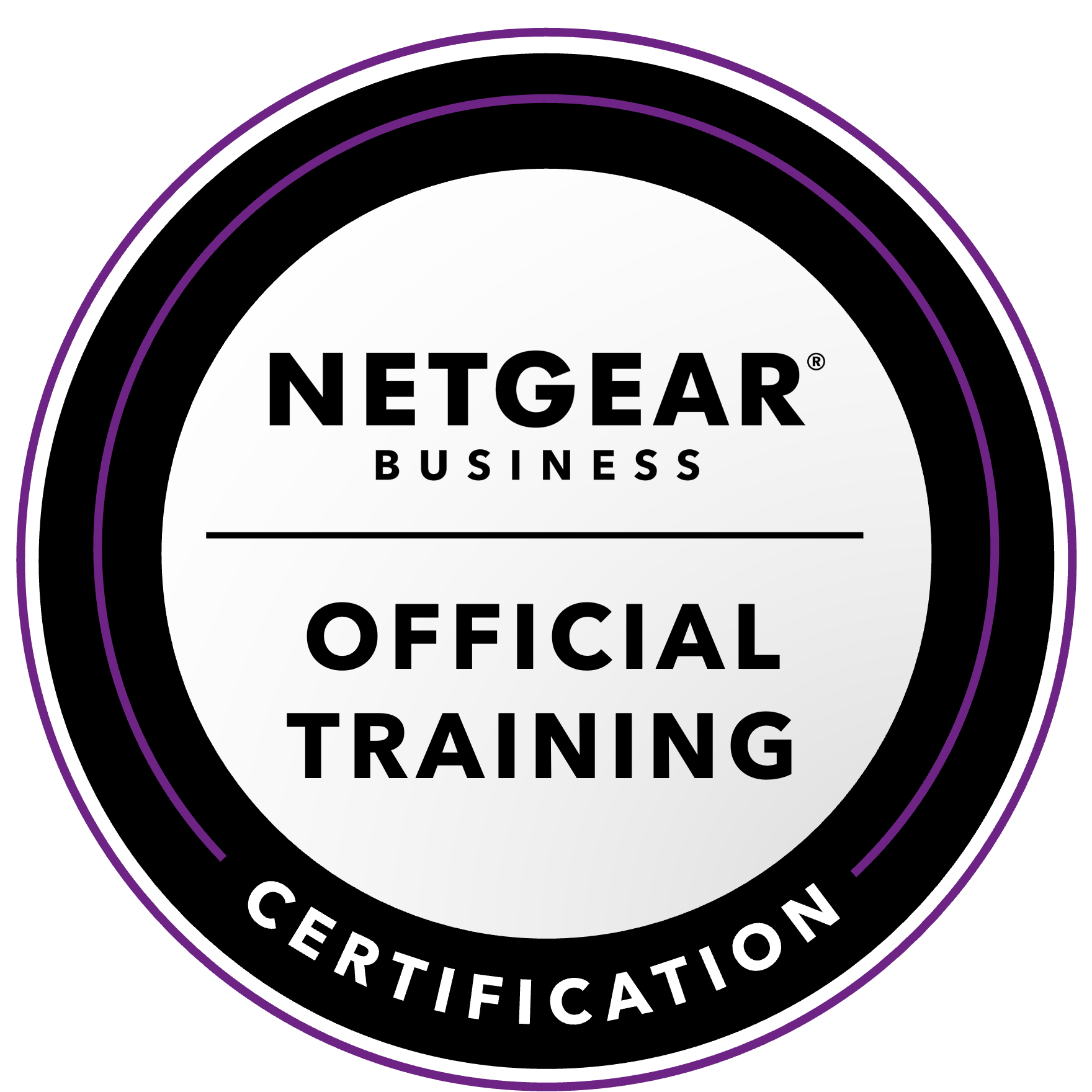NETGEAR is aware of a growing number of phone and online scams. To learn how to stay safe click here.
Forum Discussion
illmatic
Nov 27, 2012Guide
[NV+ v2] 4 disks, 2 separate RAID-1 volumes?
I am about to purchase a 4-bay NV+ v2. I would like confirmation that it can support 2 separate RAID-1 volumes -- for example, disk 1 and 2 are mirrors, and 3 and 4 are mirrors. But 1-2 and 3-4 are unrelated, don't share any files. I want my client PC's to see 2 distinct network shared drives available to connect to (i.e. an X: drive that maps to 1-2 and a Y: drive mapped to 3-4)
I appreciate Netgear's X-RAID but prefer to simply use basic RAID-1 exclusively.
Thank you.
I appreciate Netgear's X-RAID but prefer to simply use basic RAID-1 exclusively.
Thank you.
18 Replies
Replies have been turned off for this discussion
- gibxxiGuideI'm pretty sure this has been asked before, and I'm also pretty sure it can't be done the way you want. No doubt somebody will correct me if I'm wrong.
What you can do is create several shares that are only accessible to certain users, and get the computers / clients you want to segregate access for enabled to access one of the seperate shares but not the other. - StephenBGuru - Experienced UserI don't have a v2 but I believe you can do this if you set up the unit to use flexraid.
- illmaticGuide
gibxxi wrote: I'm also pretty sure it can't be done the way you want
Thanks for the reply. Forget the network shares for a minute -- can it handle RAID-1 mode only, over disks 1/2 and disks 3/4 ? - StephenBGuru - Experienced UserYes. The manual is here: http://www.downloads.netgear.com/files/ ... 5Sep12.pdf
Read the section on flex raid (page 21-22)
You can create one shared folder on each volume, and simply map that root shared folder. So you can certainly do what you want. - PapaBear1ApprenticeBut, you are wasting disk space that way. You can create the root based shares and map them to drives. You can also limit who has access to which share/drive.
Assuming you are using 1TB drives for example, using two flex raid volume in Raid1, you have a max of 2TB (gross) disk space available to you. If you use X-Raid2 or even Raid5, you would have 3TB (gross) disk space available to you.
Download the manual that StephenB gave you the link to and read through it, especially the part about permissions and shares. - StephenBGuru - Experienced User
I think whether the space is "wasted" depends on your goals. Two RAID-1 volume offers simpler data recovery and a bit more protection of your data than a single RAID-5 volume.PapaBear wrote: ...But, you are wasting disk space that way...
Though I agree that if the only goal is to segregate the data, then RAID-5 is all that is needed. - illmaticGuideThanks for the responses. I'm with StephenB... my primary concern isn't maximizing disk space (which is cheap), it is maximizing peace of mind. While I hope I never have to rebuild a failed RAID array, I feel more confident that a RAID-1 setup will be easier to recover from than RAID-5.
- PapaBear1ApprenticeRebuilding a failed RAID array is what backups are for. If your clients data is important and uptime is of importance then a second ReadyNAS is something to consider. The first can be set to automatically back up to the second every night. Once the full backup is don (via NFS) then the backup routine is changed to use rsync and it synchronizes the two data volumes. This is different than the standard backup in that there is not true incremental backup to contend with. With a normal initial/incremental back up scenario you would have a full backup and then additional incremental back ups of files that had been changed. The primary NAS is mapped to the drives letters, but the second is not. If you have a problem with the first unit, you simply rename the first NAS to something different and then rename the second NAS to the primary name and all the maps are in place (since the maps are on the client PCs and are pointed to an NAS name). Then you resolve the problems on the first NAS be it hardware or data. If you need to rebuild the RAID, you simply do so from the (now) primary unit.
FWIW - I use very inventive names such as NAS1 and NAS2 in my case. With firmware updates I never update both at the same time, I leave a minimum of a week between the updates. - StephenBGuru - Experienced User
I agree that having a redundant NAS is better than 2 separate RAID-1 volumes on the same NAS. Also that backups are needed.PapaBear wrote: Rebuilding a failed RAID array is what backups are for. If your clients data is important and uptime is of importance then a second ReadyNAS is something to consider...
Since I personally use RAID-5, the only practical way I can rebuild a failed array is from backup. Using RAID-1 doesn't eliminate the need for a backup, though it would provide another way to recover data. That could be worth the extra overhead, especially if the data is critical. - PapaBear1ApprenticeBut not if the two volumes are different data as the member plans.
Related Content
NETGEAR Academy

Boost your skills with the Netgear Academy - Get trained, certified and stay ahead with the latest Netgear technology!
Join Us!
